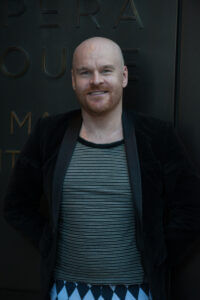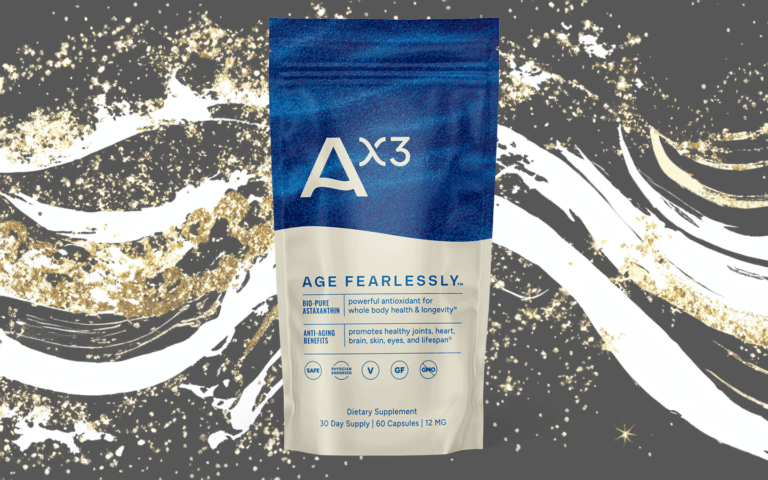Author: Philip Baldwin
World AIDS Day falls annually on December 1st and is a time to commemorate those who died of AIDS, as well as advocate for increased awareness and better health outcomes for people living with HIV. I was diagnosed with HIV in January 2010 and like to think of myself as happy and healthy. A vital factor in this has been my fitness and training regime.
What does HIV mean for men today?
There are just over 100,000 people living with HIV in the UK. Approximately half of these are gay and bi men and around 20% are straight men. There are also trans men who are living with HIV, although data collection remains poor. Around 30% of people living with HIV in the UK are women.
There have been huge developments in HIV treatments since the virus was first diagnosed in the UK in 1981. I take one tablet a day, which is largely side effect free, can expect a normal lifespan, and cannot pass HIV on to my sexual partners, as the medication suppresses the level of virus in the body. We refer to this as U=U (Undetectable = Untransmissible). For many people living with HIV, the greatest challenge they face is stigma. HIV is not a death sentence. People living with HIV are not infectious. We deserve to be treated with dignity, empathy, and respect.

Did you train before your HIV diagnosis?
I have enjoyed going to the gym since my late teens, but first started training seriously in 2008 when I was 22. I began training with a London-based personal trainer called Adam Benardout. He remains my personal trainer to this day, although like many people I stopped training during the coronavirus pandemic and lockdowns. Adam is such a great trainer that in the past 13 years I have changed gyms four times, depending upon where Adam is working.
Training with Adam was particularly useful back in 2008 as he created a simple training plan for me. We trained four times a week, alternating between chest, back, arms, and legs. My understanding is that this allowed time for each muscle group to recover. I know I’m not the only person who enjoys training chest but gets bored doing legs, so at one stage we increased my training sessions to five per week, with Adam making me do legs twice a week to ensure my body was in proportion.
What impact did your diagnosis have on your training?
The three years following my HIV diagnosis were difficult. During this period, I almost trained too much. I would often go twice a day – a quick legs session during my lunch break and then a full chest session in the evening. Because the HIV diagnosis turned my life upside down, my muscles became my armour, hiding the profound pain I was dealing with surrounding my HIV diagnosis.
By 2013 I was in a better place mentally, so returned to a more regular training regime, attending the gym four times a week. Increasingly, going to the gym became not just about my physical appearance but also about staying healthy.
Does training at the gym have health benefits for people living with HIV?

For me the most significant benefit was in terms of my mental health. My HIV diagnosis took place over my lunch break from work, and I still went to the gym that evening, partly because I was in shock and on autopilot, but also because I didn’t want my life to change that much. I have always found exercise to be beneficial for my mood and it was helpful to have something to focus on other than coming to terms with my diagnosis.
There are other health benefits associated with training at the gym for people living with HIV. For example, there are studies which indicate that, over a long period of time, some HIV treatments can negatively impact bone density. Training with weights helps to counteract that by building bone density, keeping my bones strong.
What does the future hold for your training and health?
Having taken a break from my training over the coronavirus and lockdown periods, I am looking forward to going back at the beginning of 2022. This is the longest I have ever been away from the gym. It’s been difficult to stop such a central part of my life. Ironically my HIV didn’t stop me from training, but coronavirus did. In January I will probably be joining many other people who have made New Year’s resolutions to go to the gym. I am hoping that I can work off the lockdown takeaways quickly and that I will benefit from significant muscle memory. As I trained for years, there is still muscle there, but I just have to accept that it’s going to take some really hard work on my part to get back in shape. Bring it on!
If you’re looking for health resources around HIV head to the Terrence Higgin’s Trust website.
Philip Baldwin is a human rights activist who was diagnosed with HIV in 2010, at the age of 24. Best known for his campaigning around LGBTQ issues, HIV, homelessness, asylum and faith inclusion, Philip’s activism, charitable work and faith are now the main focus of his life.
December champions AIDS awareness, whilst November paid tribute to men’s mental health. Read more on this poignant issue in NOVEMBER AND THE ELEPHANT.






